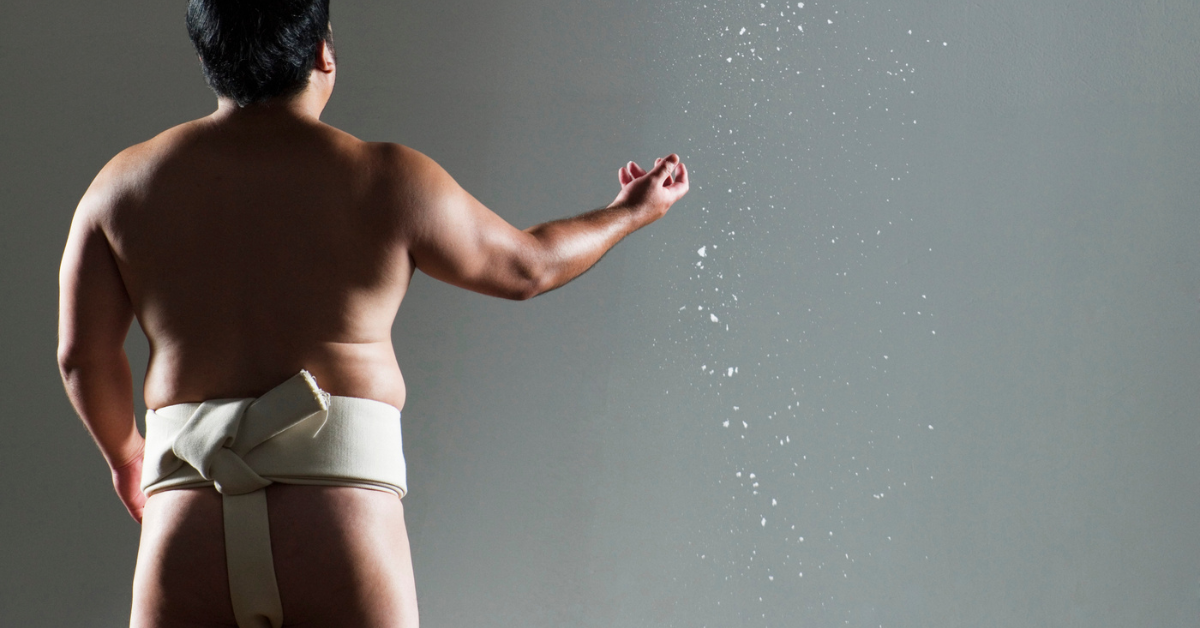The word “sekitori” represents more than just a rank. It is a symbol of professional status and cultural responsibility in the world of sumo. This article offers an easy-to-understand guide to the position of sekitori, how one earns this title, and their role in Japanese tradition.
What Is a Sekitori? Their Unique Position in the Sumo World
Sumo wrestlers are classified by a strict ranking system, progressing through lower divisions such as Jonokuchi, Jonidan, Sandanme, and Makushita. Above these ranks lie the Juryo and Makuuchi divisions, and wrestlers who reach these top levels are called “sekitori”. Becoming a sekitori significantly changes a wrestler’s life and status. For example, they start receiving a monthly salary and wear elaborate kesho-mawashi (decorative aprons) during tournaments. They also gain assistants, known as tsukibito, and their place in society as professional athletes becomes well established.
| Category | Sekitori (Juryo and above) | Below Sekitori (Makushita and lower) |
|---|---|---|
| Division | Juryo, Makuuchi | Makushita, Sandanme, Jonidan, etc. |
| Monthly Salary | Over ¥1,000,000 | None (only allowances) |
| Ring Entrance | Yes (with decorative apron) | No |
| Assistants | Has tsukibito | Becomes a tsukibito |
| Attire | Silk mawashi and kesho-mawashi | Simple training mawashi |
Clearly, the term sekitori represents the transition into full professional status in the world of sumo.
Difference Between Sekitori and Yokozuna
The terms “sekitori” and “yokozuna” are often confused, but they are distinct. Sekitori refers to all wrestlers in the top two divisions, whereas Yokozuna is the highest possible title, sitting atop the sekitori hierarchy. Achieving the title of yokozuna requires not only a string of victories but also outstanding performance, dignity, and exemplary character. Unlike other ranks, yokozuna cannot be demoted and must retire if they cannot uphold their status.
| Rank | Description |
|---|---|
| Yokozuna | Highest rank. Must show skill and dignity. Cannot be demoted |
| Ozeki | Next highest rank. Requires consistent performance |
| Sekiwake & Komusubi | Mid-tier in Makuuchi division |
| Maegashira | Basic Makuuchi rank |
| Juryo | Entry-level sekitori rank |
All yokozuna are sekitori, but not all sekitori are yokozuna. This distinction is key to understanding sumo’s structure.
How to Become a Sekitori
To become a sekitori, a wrestler must reach the upper part of the Makushita division and achieve outstanding results—typically winning six or seven out of seven matches. In addition to their record, the Sumo Association considers the quality of performance, potential, and even personality when deciding promotions.
| Promotion Criteria | Description |
|---|---|
| Win Record | 6–1 or 7–0 in upper Makushita |
| Match Quality | Demonstrates strength, stability, and versatility |
| Opponent Level | Wins against higher-ranked wrestlers |
| Attitude & Potential | Considered by judging committee |
Promotion to sekitori means a complete lifestyle shift, with better accommodations, travel, attire, and status. It’s a milestone that represents recognition of both skill and promise.
Daily Life of a Sekitori: Salary and Privileges
Once promoted, sekitori receive not just base salary but also bonuses for winning records, stipends for touring, and other incentives. This brings a new level of financial stability. They are given private rooms, allowed to travel by airplane or bullet train, and enjoy custom-fitted attire.
| Item | Sekitori Privilege |
|---|---|
| Monthly Pay | Over ¥1 million plus bonus |
| Housing | Private rooms with amenities |
| Meals | More freedom in diet, access to private chefs |
| Travel | Airplanes and Shinkansen allowed |
| Attire | Managed by assistants |
Their lifestyle changes dramatically—not just physically, but mentally. They also begin mentoring junior wrestlers, reinforcing their role as leaders in the sumo world.
Cultural Role of Sekitori: Guardians of Tradition
Sumo is deeply connected to Shinto traditions, and sekitori are its central figures. From ceremonial ring entrances to the final bow-drawing ritual, their presence is crucial. They are expected to lead by example not just in training, but in public behavior and etiquette.
| Cultural Duty | Description |
|---|---|
| Ring-Entering | Signature ritual showcasing status |
| Bow-Twirling | Closing ceremony highlighting respect |
| Media Appearances | Fan and press engagement |
| Mentorship | Coaching and setting examples for juniors |
| Event Attendance | Represents sumo at religious and public events |
The sekitori is more than a competitor—they are living symbols of cultural continuity.
Foreign-Born Sekitori and Global Sumo Popularity
Recently, many foreign-born wrestlers, particularly from Mongolia and Georgia, have achieved sekitori status. These athletes work hard to learn Japanese, follow customs, and master the techniques and values of sumo.
| Country | Notable Sekitori |
|---|---|
| Mongolia | Hakuho, Asashoryu, Terunofuji |
| Georgia | Tochinoshin |
| Bulgaria | Kotooshu |
| Brazil | Kaio |
Their presence has helped boost sumo’s international popularity and shown that the spirit of sumo transcends cultural boundaries. These wrestlers embody a fusion of global ambition and Japanese tradition.
Conclusion
A sekitori is not just a rank—it is a title earned through effort, skill, and character. These wrestlers carry the weight of tradition, the hopes of their stables, and the admiration of fans around the world. For international audiences, understanding the role of a sekitori means connecting more deeply with Japanese culture itself. They are heroes of the dohyo, and their journey is one of discipline, pride, and honor.





コメント